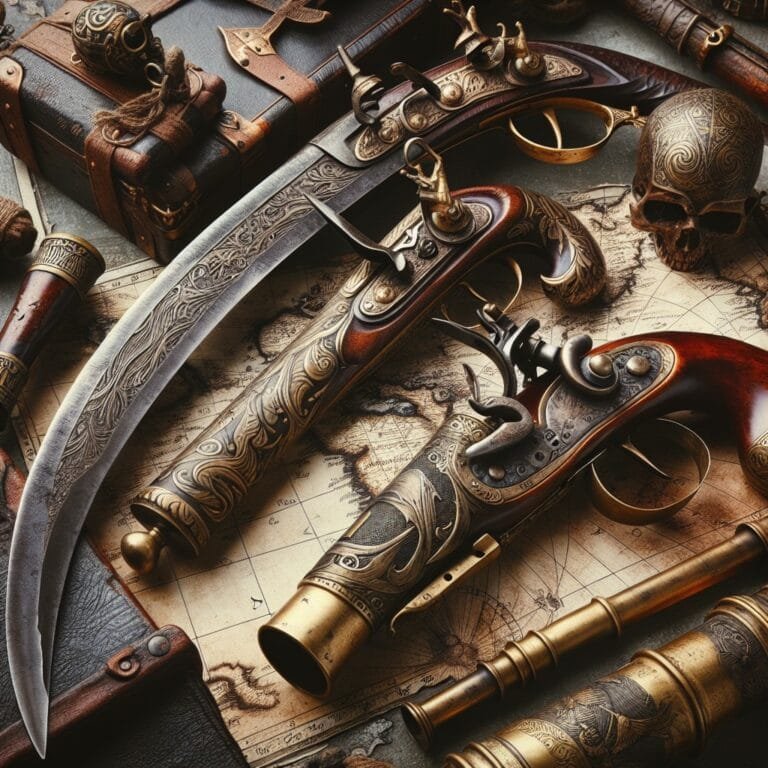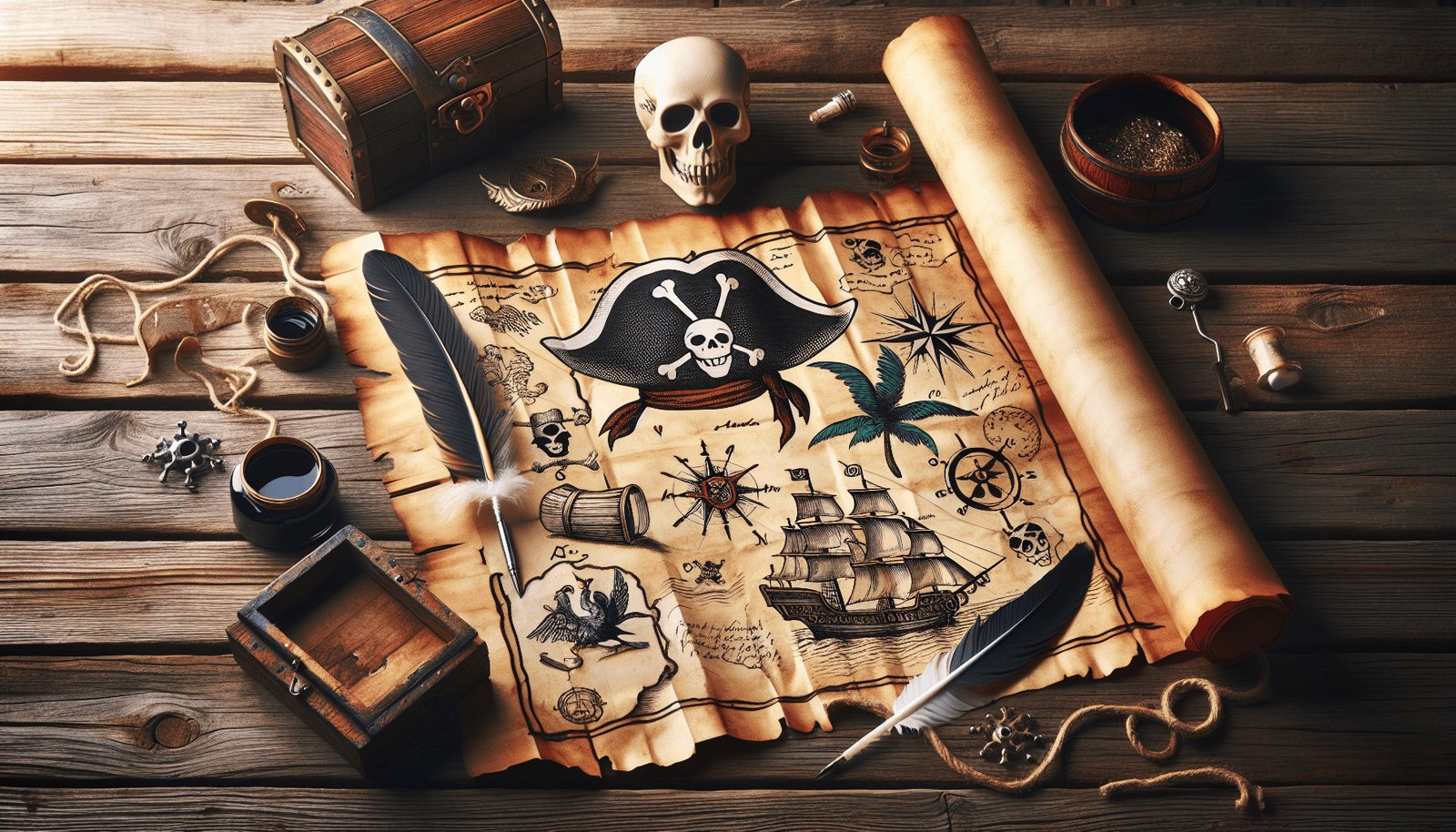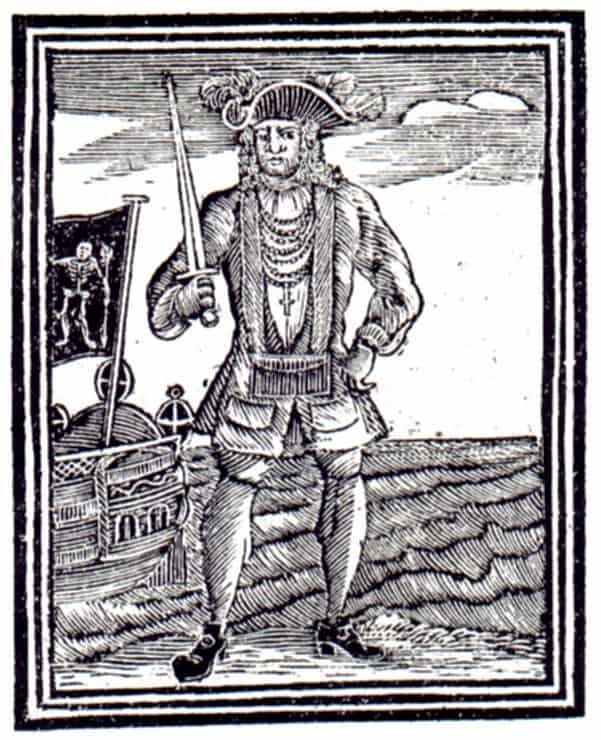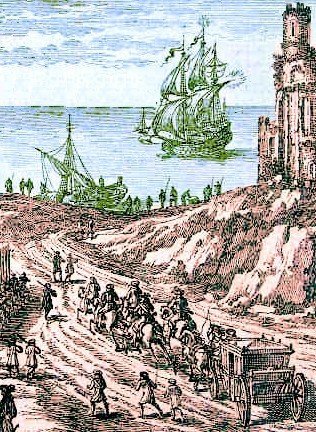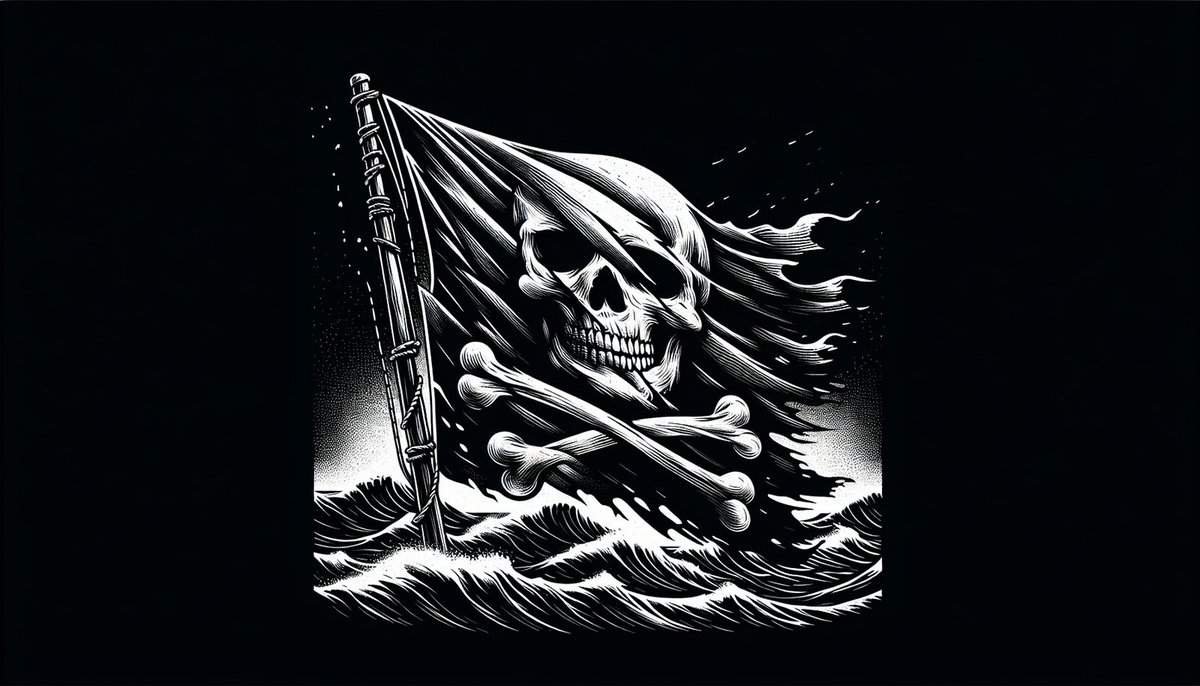## The Anatomy of a Pirate Ship: Design for Success on the High Seas
Contrary to popular depictions, pirate ships were not simply floating fortresses. Their success depended on distinct hull designs that valued speed, agility, and efficiency, echoing the realities of raiding and escape tactics employed by pirates.
### Beyond the Hollywood Myth: Pirates Needed Versatility
While movies glorify pirates with massive galleons laden with treasures, reality demanded a more pragmatic approach. While capturing wealthy merchant vessels was a primary goal, pirates also relied on swift getaways and evading sophisticated naval fleets.
This need for speed and maneuverability shaped the preferred ship types:
* **Sloops:** These sleek, fast vessels were ideal for surprise attacks and quick escapes. Narrow hulls with shallow drafts allowed them to navigate shallow waters inaccessible to larger ships, granting them a tactical advantage. Sloops were nimble fighters, capable of swift turns to outmaneuver larger opponents.
* **Brigantines:** Bridging the gap between smaller sloops and larger vessels, brigantines provided a balance of speed and cargo capacity. Their two masts, utilizing a combination of square and fore-and-aft sails, allowed for versatility in wind conditions. This made them suitable for both chasing down targets and carrying captured goods.
#### Key Features of Sloops and Brigantines
| Feature | Specification | Purpose |
|—|—|—|
| **Hull Shape** | Narrow, shallow draft | Speed, maneuverability, access to shallow waters |
| **Size** | Smaller to medium | Agile turning, efficient for smaller crews |
| **Beam** | Narrow | Reduced resistance in water |
| **Armament** | Light to medium cannons | Quick attacks, quick retreats |
| **Sail Configuration** | Sloop: Single mast; Brigantine: Two masts (square and fore-and-aft) | Different winds, versatility |
Naval history emphasizes the critical role of hull design in determining a ship’s success on the high seas. Pirate ships, chosen for their efficiency and agility, reflected the pragmatic survival strategies employed by these seafaring outlaws.


